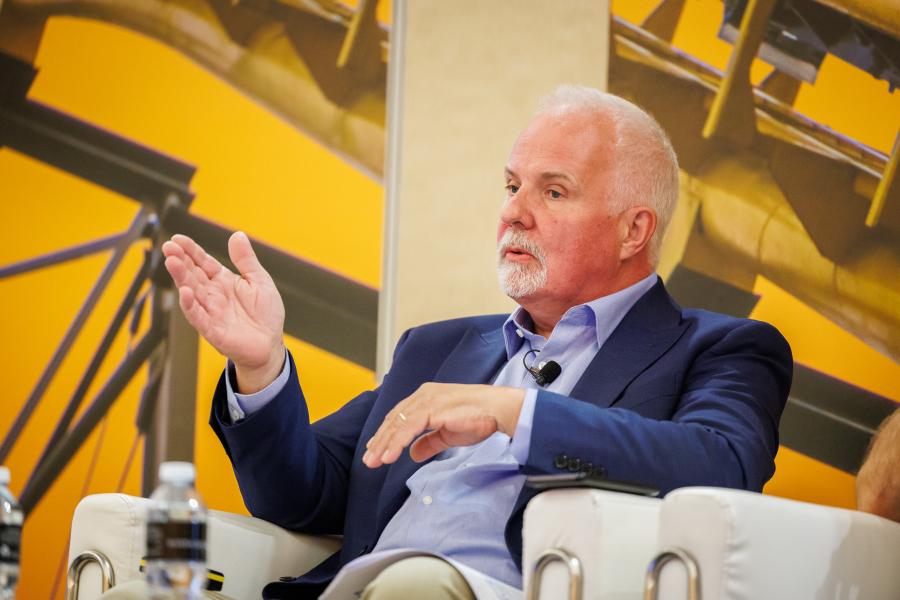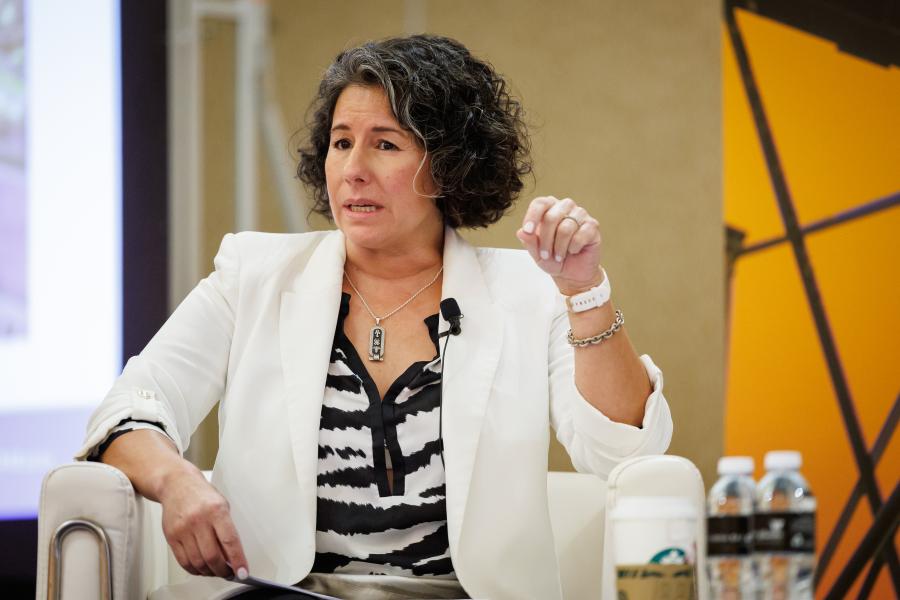Sustainability is an existential question—not just for people and planet—but now, for the water park industry. The question was asked at IAAPA Expo Asia, if attractions do not start addressing this challenge today, would water parks be here tomorrow?
“What we do in water parks is take a very heavy substance—water—we pump it up or around. We then let it fall back down, and we just do that day after day, hour after hour,” observes Hong Kong-based consultant Walter Kerr. “Is there just a chance that 10 or 20 years from now, the younger generations will simply say, ‘Stop building water parks?’” he questions. Kerr spoke to full house in an education session at IAAPA Asia Expo 2023 in Singapore.
Whether an operator is building a new park, renovating an existing one, or procuring a ride, there are many steps that they can take to become more sustainable.
“Set goals, set benchmarks—split it up between water, waste and energy—then filter that down and figure out how to achieve those goals, which then starts with SOPs (standard operating procedures), job descriptions and company culture,” says Sayan Gulino, the chief executive of Waterbom Bali, which is currently in the midst of a 1.3-hectare expansion.
Waterbom Bali has set a series of net-zero goals, including carbon neutrality, reducing the amount of waste sent to landfills, and ensuring zero loss of water from the park in the form of runoff. The biggest challenge to meeting the park’s targets, Gulino says, is technology. For example, he notes that he has “yet to see a chlorine that is sustainable.”
For those looking to improve the environmental impact of an existing attraction, the best place to start is likely with an audit.
“Evaluate where the savings are, which technologies have yet to be employed and what you can do to the building, such as upgrading a water or ventilation system,” advises Roger Currie, a director of business development at Water Technology. “Bear in mind, though, that some indoor parks get to a point where it's easier to demolish and build again, rather than actually refurbish.”
Attractions that want to be green should also pay closer attention to their supply chains.
“If one supplier invests in sustainable efforts and the other doesn’t, where does the decision lie?” asks WhiteWater Chief Experience Officer Franceen Gonzales. “Are you truly putting your wallet to work and deciding on the company that might be a little bit more money, but is sustainable?”
Gonzales notes that buyers rarely include questions about sustainability in tender documents, but when they do, it can have a big impact. For example, one client insisted that there could not be any plastics in the packaging of a product that it was to receive. This requirement had a domino effect, as it was relayed through the supply chain.
Investing in sustainable technology can also have a positive impact on the bottom line, though it may not seem that way at first.
“Cost is a huge driver,” says Kerr. “There's often discussion that sustainable projects cost about 10% more. But in time, they offer savings.”
At the end of the day, though what motivates companies to be green?
The reasons are often not altruistic. In some countries, regulation drives sustainability, while in others, consumer sentiment is the catalyst.
“We have to be brutally honest, what drives sustainability is ‘trend’,” says Gulino. “People do it for brand association, policy, and cost reduction. We feel like if we don’t do it, we’ll be frowned upon.”
Gulino would like to change the paradigm, though. He looks to tech giants like Apple and Microsoft that have pledged to be carbon zero by 2030, and he challenges water park companies to do the same. And in the process, he suggests, industry players can compete with each other to find the best green solutions.




